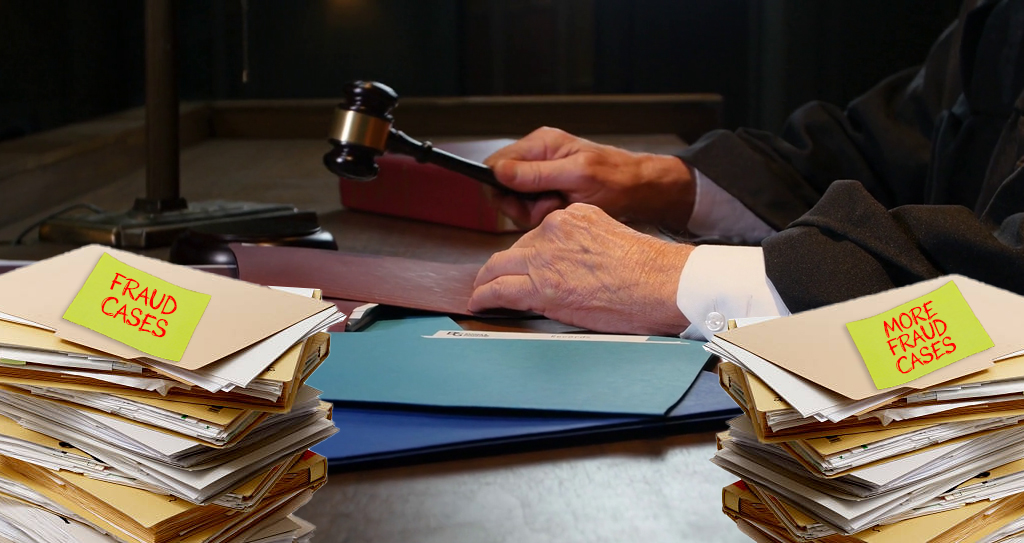
On some streets, getting drivers to stop speeding might be as easy as eliminating a few stripes. That's the finding from a new study from Transport for London [PDF].

TfL recently examined the effect of eliminating center lines on three London streets. The agency found it slowed average driving speeds between 5 and 9 miles per hour, after taking into account the effect of resurfacing. (All three streets were also repaved, which has been shown to increase driving speeds.)
The experiment was performed last year on three 30 mph roads that had just been resurfaced, where center lines were not repainted. A fourth street was resurfaced and had its center lines painted back to serve as a control.
Researchers found that drivers slowed down on all the three streets without center lines. On Seven Sisters Road, for example, after the resurfacing, northbound speeds dropped 2.5 mph and southbound speeds fell 4.1 mph.
Those changes appear to understate the impact of removing the center lines. When TfL observed traffic on the control street, motorist speeds had increased an average of 4.5 mph. Apparently, the smoother road surface encouraged drivers to pick up the speed, making the reductions on the three other streets more impressive.
Researchers suggested that the uncertainty caused by the removal of center lines makes drivers more cautious:
A theory is that centre lines and hatching can provide a psychological sense of confidence to drivers that no vehicles will encroach on ‘their’ side of the road. There can also be a tendency for some drivers to position their vehicles close to a white line regardless of the traffic conditions, believing it is their ‘right’ to be in this position. Centre line removal introduces an element of uncertainty which is reflected in lower speeds.
When it comes to center lines, TfL notes, "most traffic engineers prescribe them by default without questioning the necessity." London appears to be reevaluating this assumption after a 2009 directive from Mayor Boris Johnson to eliminate as much clutter from the roadways as possible.





